Spring is a bountiful time of the year when it comes to fresh produce, but it always helps to know exactly what’s in season. If you want to purchase only the freshest, most flavorful fruits and veggies and ensure that they last as long as possible in your fridge, use these helpful tips for understanding spring produce.
- Artichokes. Whether you use them on pizzas or add them to your salads, artichokes are a great way to add flavor and nutrients to your meals. Their main harvest takes place during the springtime, so look for artichokes with close, compact leaves and clean-cut stems.
- Asparagus. This popular veggie is found in a number of high-end restaurants, but you can easily prepare it at home if you purchase it fresh in the springtime. The thickness doesn’t necessarily indicate tenderness, so don’t overlook thinner or thicker spears at your grocery store.
- Carrots. While carrots are commonly found in grocery stores year-round, they taste best during the spring season. Only purchase bundles that are firm to the touch for maximum freshness.
- Leafy greens. Nutrient-rich veggies like chard, kale, and other cooking greens tend to turn bitter during hot summer months, so purchase them in the spring for the best taste.
- Fennel. If you’ve never cooked with fennel, experiment with this green (a relative of celery) when it comes into season during the warmer springtime.
- Grapefruit. Create a nutritious breakfast by adding grapefruit, which starts to become plump and juicy in January.
Spring Produce: Your Guide to Picking the Best [Greatist]
What’s in Season? Spring [Fruits and Veggies More Matters]
Fresh Spring Fruits and Vegetables [About Food]
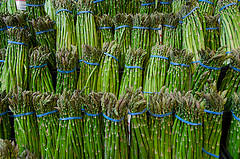
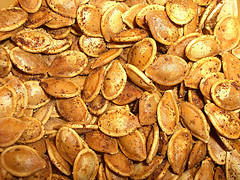
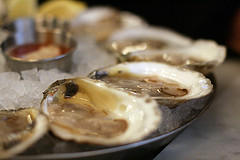
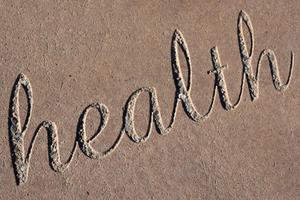
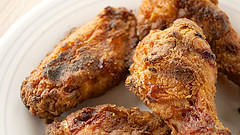
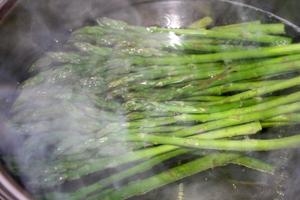
![By John Steven Fernandez from Toronto/Valparaiso, Canada/Chile (Grapefruit Splash) [CC-BY-2.0 (www.creativecommons.org/licenses/by/2.0)], via Wikimedia Commons](http://blog.respage.com/avana-at-south-shore-apartments/files/2013/11/wpid-3997.jpg)
 Equal Housing Opportunity
Equal Housing Opportunity